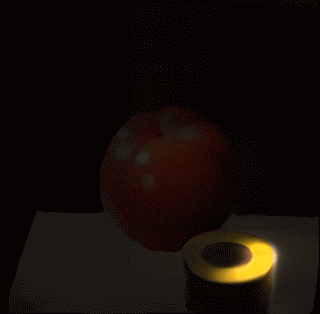![]() You don't need to be an 'investor' to invest in Singletrack: 6 days left: 95% of target - Find out more
You don't need to be an 'investor' to invest in Singletrack: 6 days left: 95% of target - Find out more
MIT have developed a camera / imaging system which runs at a [i]trillion [/i]frames per second. That's fast enough to see light travel.
http://web.media.mit.edu/~raskar/trillionfps/
Cool stuff.
Its a visualisation so its not actually capturing those images.
Still not fast enough to catch me running away from christmas.
😯
Another fine example of a solution waiting for a problem.
The problem is, on this scale of time, the time it takes for the reflected light to reach the camera is significant. So the time scale (film "speed")needs to be adjusted to compensate, depending on the change in the distance that object is from the camera. In stoners video this distance changes through-out the clip as the beam of light sweeps across the scene. Perhaps they compensated automatically in postprocessing.
How are you going to 'see' light travel, Cougar?
WITH MY EYES!
Ok, there's a lot of artistic licence going on. They discuss that at length in the article.
It's still [i]cool[/i] though.
If it's running that fast, how can we see it? Are they slowing it down for us Humans?? Seems a teeeny bit pointless that.
Still amazing bit of tech though.
From reading the article (and my simpleton mind), they have built up an image from many 'shots' of the same scene. It's not done in one take, so they can't shoot moving objects and stuff like the high speed images you see of bullets shooting apples & water balloons bursting.
tonyplym - Member
Another fine example of a solution waiting for a problem.
I can't think of any applications myself, but I am sure there are many people out there that can.
Probably the same sort of thing that was said when electricity was discovered, the jet engine, the wheel etc.
The application is 3D imaging. Capture all the frames and you can work out how for away someting is. Lots of research going on for that application all over the place.
Just read the article, dull and old news. They're just using a streak camera and scanning across the image.
Technology from 10 years ago 🙁
An analogy I suppose is that it's like how you use a strobelight to watch a fast-moving engine - you view different parts of a repeated event to build up a full picture. With a strobe you take time slices, with this camera they take x-axis slices, but same principle.
I can think of applications - like studying how light behaves in complex lens assemblies, for example.
